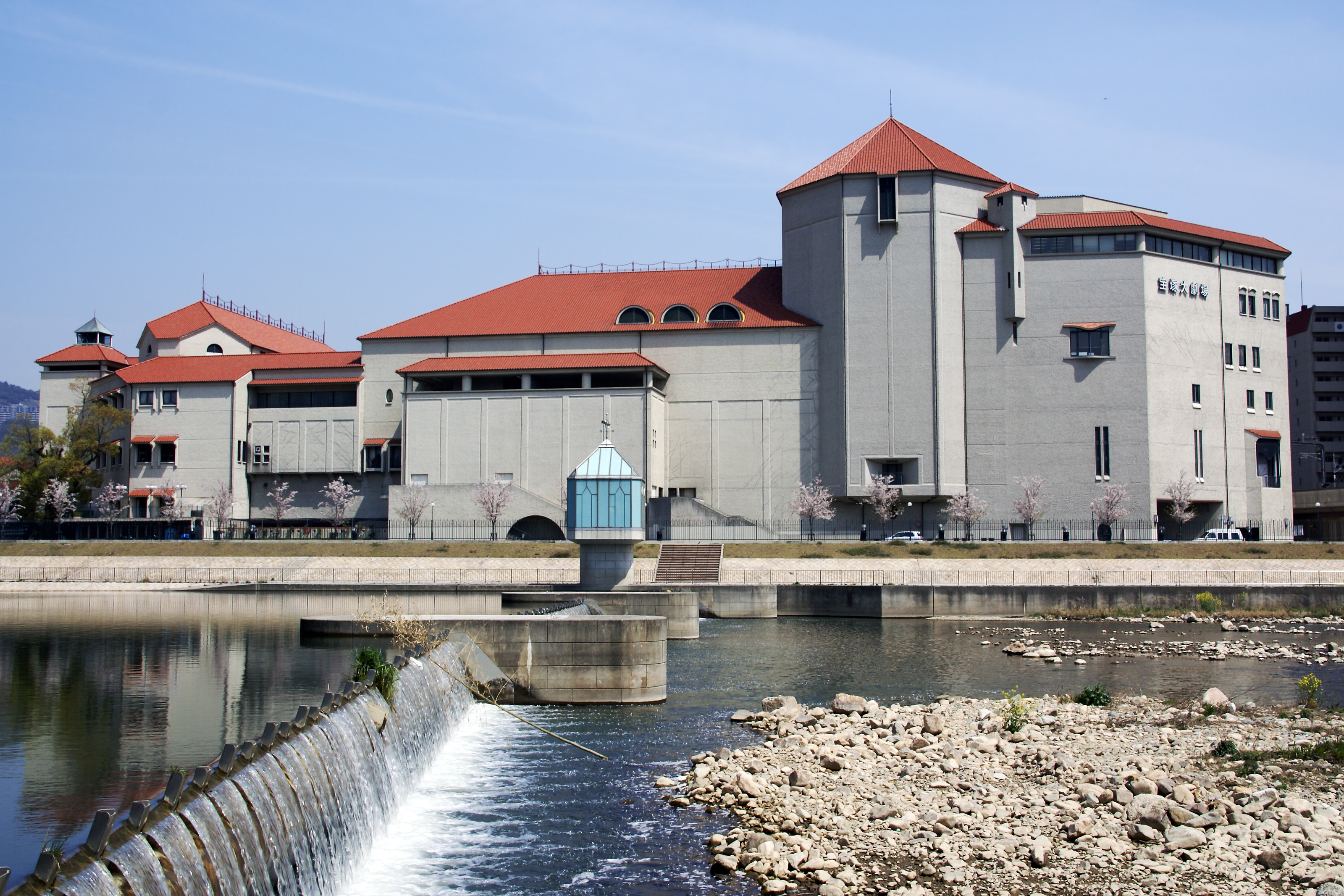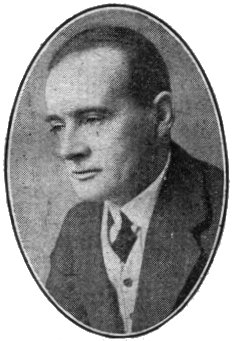|
Sumire Haruno
is a Japanese actress, a former member of Takarazuka Revue, specializing in otokoyaku. She joined the revue in 1991, became the top star in 2002 and resigned from the company in 2007. She is from Komae, Tokyo, her birthday is December 15, 1972. Her nicknames are Osa and Masa-chan (as called by Jun Sena), both are from her real name Masako Osada (長田雅子 ''Osada Masako''). She is the first otokoyaku of her class to reach the top (followed by classmate and former troupe-mate Hikaru Asami by 3 months). Troupe History * Flower Troupe: 1991–2007 General information Following the examples of Mira Anju, Miki Maya and Mire Aika she became the top star of the troupe she had always been with, without any troupe transfer. (Although Hibiki Takumi had almost all her Takarazuka career in the Flower troupe, she had been in Senka for 2 years before she became the top star of the Troupe.) Also, another uniqueness of her career is that her status of being the second man was a short-liv ... [...More Info...] [...Related Items...] OR: [Wikipedia] [Google] [Baidu] |
Takarazuka Revue
The is a Japanese all-female musical theatre troupe based in Takarazuka, Hyōgo Prefecture, Japan. Women play all roles in lavish, Broadway-style productions of Western-style musicals and stories adapted from films, novels, manga, and Japanese folktales. The Takarazuka Revue Company is a division of the Hankyu Railway company; all members of the troupe are employed by Hankyu. History The Takarazuka Revue was founded by Ichizō Kobayashi, an industrialist-turned-politician and president of Hankyu Railways, in Takarazuka, Japan in 1913. The city was the terminus of a Hankyu line from Osaka and already a popular tourist destination because of its hot springs. Kobayashi believed that it was the ideal spot to open an attraction of some kind that would boost train ticket sales and draw more business to Takarazuka. Since Western song and dance shows were becoming more popular and Kobayashi considered the kabuki theater to be old and elitist, he decided that an all-female theater ... [...More Info...] [...Related Items...] OR: [Wikipedia] [Google] [Baidu] |
Yūga Yamato
(born August 4, 1977) is a former '' otokoyaku'' (a female playing a male part) for Cosmos Troupe of Takarazuka Revue. She joined the company in 1995 and became the top star in February 2007 upon the resignation of Kei Takashiro, which made her the first otokoyaku to be top in her class. She resigned from the company in July, 2009, and is currently pursuing a stage career. She is from Bunkyō, Tokyo. Troupe history * Moon Troupe: 1996–2003 * Cosmos Troupe: 2003–2009 Biography Yūga Yamato began her career in Takarazuka in 1995. She was one of the young stars that were promoted by the company in 1999 (along with Sumire Haruno, the former top star for Flower Troupe and Hikaru Asami, the former top star for Snow Troupe). Before she was promoted to top star, she was considered as one of top-stars-in-waiting along with Kei Takashiro, the former top star for Cosmos Troupe, Kei Aran, the current top star for Star Troupe, Jun Sena, the current top star for Moon Troupe, and ... [...More Info...] [...Related Items...] OR: [Wikipedia] [Google] [Baidu] |
Michelangelo
Michelangelo di Lodovico Buonarroti Simoni (; 6 March 1475 – 18 February 1564), known as Michelangelo (), was an Italian sculptor, painter, architect, and poet of the High Renaissance. Born in the Republic of Florence, his work was inspired by models from classical antiquity and had a lasting influence on Western art. Michelangelo's creative abilities and mastery in a range of artistic arenas define him as an archetypal Renaissance man, along with his rival and elder contemporary, Leonardo da Vinci. Given the sheer volume of surviving correspondence, sketches, and reminiscences, Michelangelo is one of the best-documented artists of the 16th century. He was lauded by contemporary biographers as the most accomplished artist of his era. Michelangelo achieved fame early; two of his best-known works, the ''Pietà'' and ''David'', were sculpted before the age of thirty. Although he did not consider himself a painter, Michelangelo created two of the most influential frescoes i ... [...More Info...] [...Related Items...] OR: [Wikipedia] [Google] [Baidu] |
Hiromu Kiriya
Hiromu (written: 弘, 広務, 弥夢, 大夢 or ひろむ in hiragana) is a unisex Japanese given name. Notable people with the name include: *, Japanese manga artist *, Japanese baseball player *, Japanese baseball player *, Japanese footballer *, Japanese footballer *, Japanese prosecutor *, Japanese baseball pitcher *, Japanese voice actor *, Japanese footballer *, Japanese politician *, Japanese test driver and engineer *, Japanese politician *, Japanese manga artist *, Japanese sports shooter *, Japanese manga artist *, Japanese professional wrestler *, Japanese footballer *, Japanese shogi player *, Japanese athlete {{given name Japanese unisex given names ... [...More Info...] [...Related Items...] OR: [Wikipedia] [Google] [Baidu] |
How To Succeed In Business Without Really Trying (musical)
''How to Succeed in Business Without Really Trying'' is a 1961 musical by Frank Loesser and book by Abe Burrows, Jack Weinstock, and Willie Gilbert, based on Shepherd Mead's 1952 book of the same name. The story concerns young, ambitious J. Pierrepont Finch, who, with the help of the book ''How to Succeed in Business Without Really Trying'', rises from window washer to chairman of the board of the World Wide Wicket Company. The musical, starring Robert Morse and Rudy Vallée, opened at the 46th Street Theatre on Broadway in October 1961, running for 1,417 performances. The show won seven Tony Awards, the New York Drama Critics' Circle award, and the 1962 Pulitzer Prize for Drama. In 1967, a film based on the musical was released by United Artists, with Morse, Vallee, Sammy Smith, and Ruth Kobart re-creating their stage roles. A 1995 revival was mounted at the same theatre as the original production (now named the Richard Rodgers Theatre). It ran for 548 performances and sta ... [...More Info...] [...Related Items...] OR: [Wikipedia] [Google] [Baidu] |
Black Jack (manga)
is an episodic Japanese manga series written and illustrated by Osamu Tezuka in the 1970s, dealing with the medical adventures of the title character, doctor Black Jack. ''Black Jack'' consists of hundreds of short, self-contained stories that are typically about 20 pages long. Black Jack has also been animated into an OVA, two television series (directed by Satoshi Kuwahara and Tezuka's son Makoto Tezuka) and two films. ''Black Jack'' is Tezuka's second most famous manga, after ''Astro Boy''. In 1977, it won the 1st Kodansha Manga Award for shōnen. About.com's Deb Aoki lists ''Black Jack'' as the best "re-issue of previously released material" of 2008. Osamu Dezaki's anime film adaptation, ''Black Jack: The Movie'', won Best Animation Film at the 1996 Mainichi Film Awards. It has since then became Tezuka's second best selling manga with 45.64 million copies in circulation only in Japan. Plot Most of the stories involve Black Jack doing some good deed, for whic ... [...More Info...] [...Related Items...] OR: [Wikipedia] [Google] [Baidu] |
Takarazuka Music School
Takarazuka Music School (宝塚音楽学校, ''Takarazuka Ongaku Gakkō'') is a private girls' school in Takarazuka, Hyōgo Prefecture, Japan. It is a Takarazuka Revue training school that is a miscellaneous vocational school approved by Hyōgo Prefecture according to the School Education Law. The school was established in 1913 by Ichizō Kobayashi, the founder of the Hankyu Railway and the Takarazuka Revue. The school is known for its strictness and unique set of rules that students must abide to both at school and during private life. During its over 100 years of history, it has produced over 4,500 performers for the Takarazuka stage. History Takarazuka Music School was established in July 1913 as ''Takarazuka Shōkatai'' (Takarazuka Chorus). In 1939, it was divided into the Takarazuka Revue and Takarazuka Music School. All Takarazuka Revue members have since been graduates of the Takarazuka Music School. Since 1989, all students have received basic training at the Ground S ... [...More Info...] [...Related Items...] OR: [Wikipedia] [Google] [Baidu] |
Mari Hanafusa
(born February 28, 1973) is a former member of the Takarazuka Revue, in which she specialized in female roles (''Musumeyaku''). She is from Tokyo and joined the revue in 1991 and retired in 2006. She is the first and the only musumeyaku of her class to receive top billing. Troupe membership history * Star Troupe: 1991–1993 * Snow Troupe: 1993–1998 * Cosmos Troupe: 1998–2006 Facts Considered the "Mary Pickford of Takarazuka", she gained audiences' attention during her first years in Star Troupe, and three years after her debut, in 1994, became top ''musumeyaku'' of Snow troupe. Having performed with five different stars as partners, Maki Ichiro (of the Snow troupe), Fubuki Takane (Snow), Yū Todoroki (Snow), Asato Shizuki (Cosmos) and Yōka Wao (Cosmos)--the latter her partner the longest—over the course of twelve years, Hanafusa enjoyed the longest run as star musumeyaku in the Takarazuka's history. Also, upon her participation in the 1994 new actor production of ''Gone w ... [...More Info...] [...Related Items...] OR: [Wikipedia] [Google] [Baidu] |
Saki Asaji
Hector Hugh Munro (18 December 1870 – 14 November 1916), better known by the pen name Saki and also frequently as H. H. Munro, was a British writer whose witty, mischievous and sometimes macabre stories satirize Edwardian society and culture. He is considered by English teachers and scholars a master of the short story and is often compared to O. Henry and Dorothy Parker. Influenced by Oscar Wilde, Lewis Carroll and Rudyard Kipling, he himself influenced A. A. Milne, Noël Coward and P. G. Wodehouse. Besides his short stories (which were first published in newspapers, as was customary at the time, and then collected into several volumes), he wrote a full-length play, ''The Watched Pot'', in collaboration with Charles Maude; two one-act plays; a historical study, ''The Rise of the Russian Empire'' (the only book published under his own name); a short novel, ''The Unbearable Bassington''; the episodic ''The Westminster Alice'' (a parliamentary parody of ''Alice in Wonderland ... [...More Info...] [...Related Items...] OR: [Wikipedia] [Google] [Baidu] |
Rose Of Versailles
, also known as ''Lady Oscar'' and ''La Rose de Versailles'', is a Japanese manga series written and illustrated by Riyoko Ikeda. It was originally serialized in the List of manga magazines, manga magazine ''Margaret (magazine), Margaret'' from 1972 to 1973, while a revival of the series was published in the magazine from 2013 to 2018. The series is a historical fiction, historical drama set in the years preceding and during the French Revolution. Using a combination of historical personages and original characters, ''The Rose of Versailles'' focuses primarily on the lives of two women: the List of French royal consorts, Queen of France Marie Antoinette, and Oscar François de Jarjayes, who serves as commander of the Maison militaire du roi de France, Royal Guard. Ikeda created ''The Rose of Versailles'' as a story about revolution and populist uprisings after becoming involved with New Left in Japan, Japan's New Left as a member of the Communist Party of Japan in the late ... [...More Info...] [...Related Items...] OR: [Wikipedia] [Google] [Baidu] |



